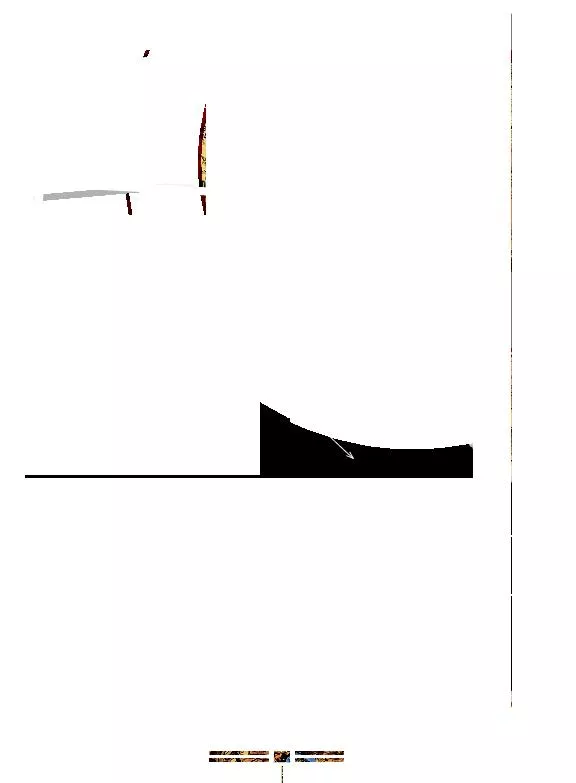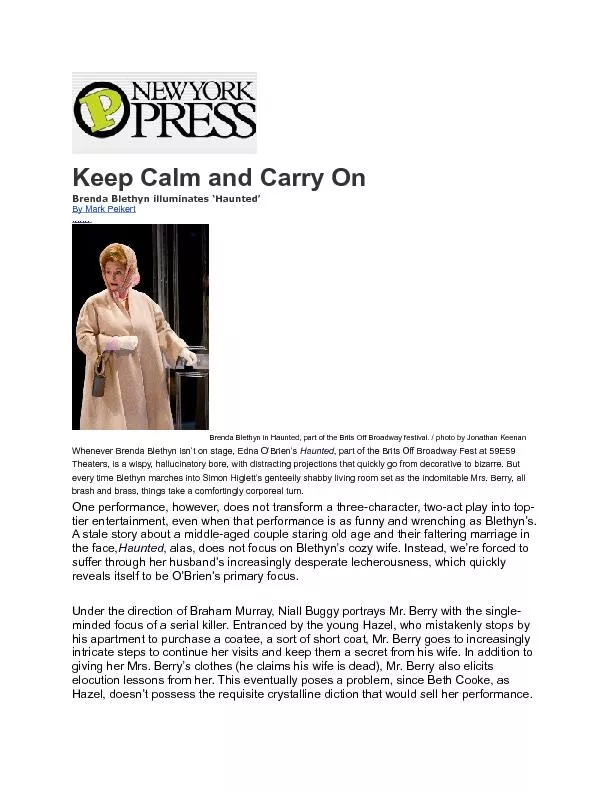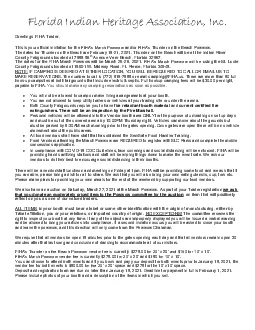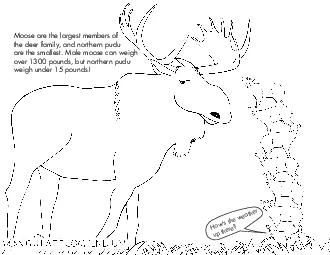PDF-MEN’S NORTHERN TRADITIONAL POWWOW
Author : test | Published Date : 2016-05-08
OUTFIT x2013 BEADED CUFF 267485 MENx2019S NORTHERN TRADITIONAL POWWOW OUTFIT x2013 BACK APRON 267485 YUPx2019IK DANCE FAN 258687 Treatment 1 The accretion was embrittled
Presentation Embed Code
Download Presentation
Download Presentation The PPT/PDF document "MEN’S NORTHERN TRADITIONAL POWWOW" is the property of its rightful owner. Permission is granted to download and print the materials on this website for personal, non-commercial use only, and to display it on your personal computer provided you do not modify the materials and that you retain all copyright notices contained in the materials. By downloading content from our website, you accept the terms of this agreement.
MEN’S NORTHERN TRADITIONAL POWWOW: Transcript
Download Rules Of Document
"MEN’S NORTHERN TRADITIONAL POWWOW"The content belongs to its owner. You may download and print it for personal use, without modification, and keep all copyright notices. By downloading, you agree to these terms.
Related Documents

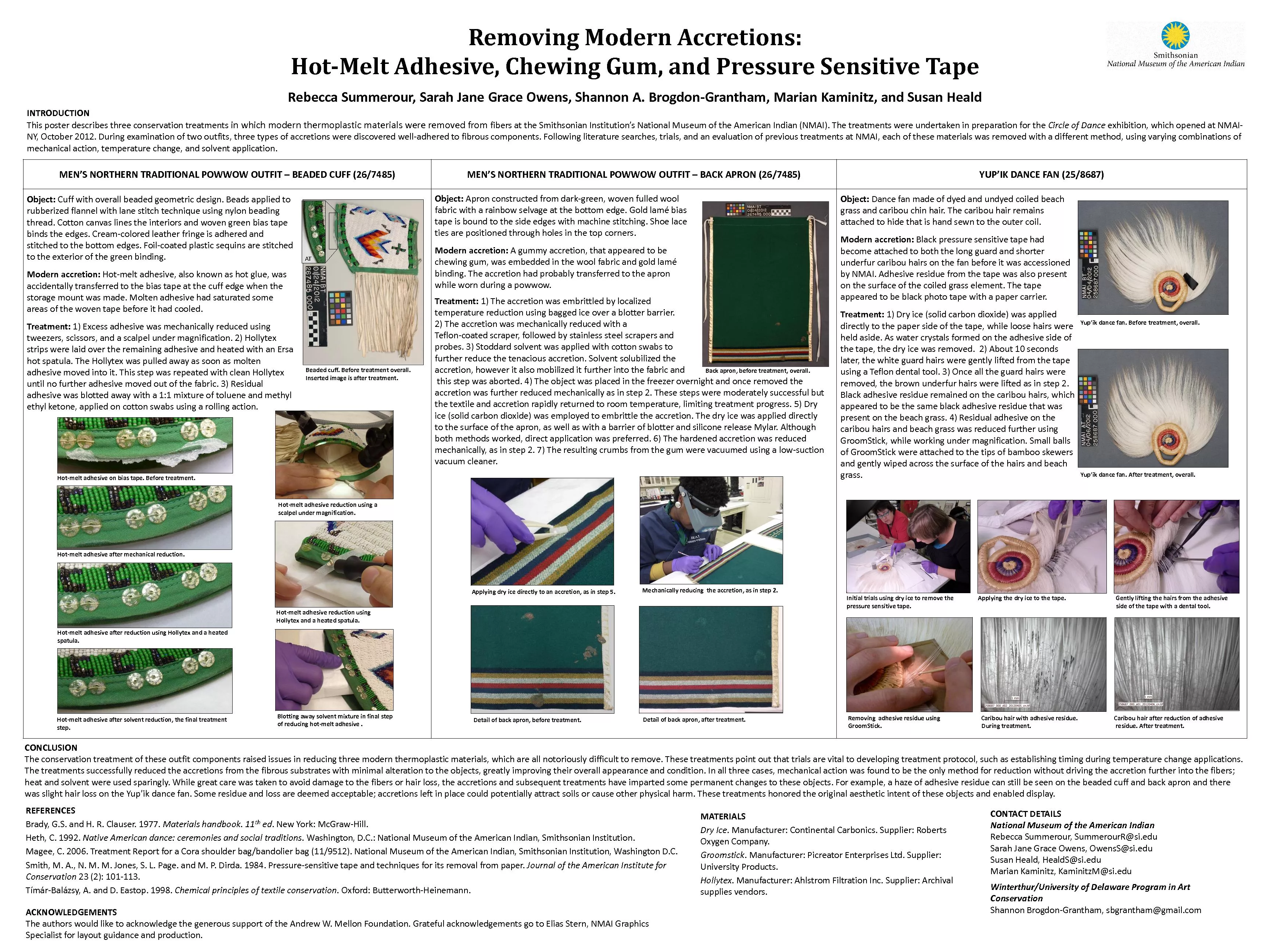
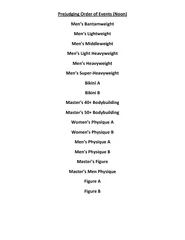

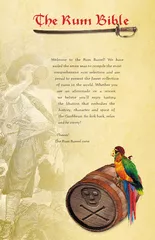

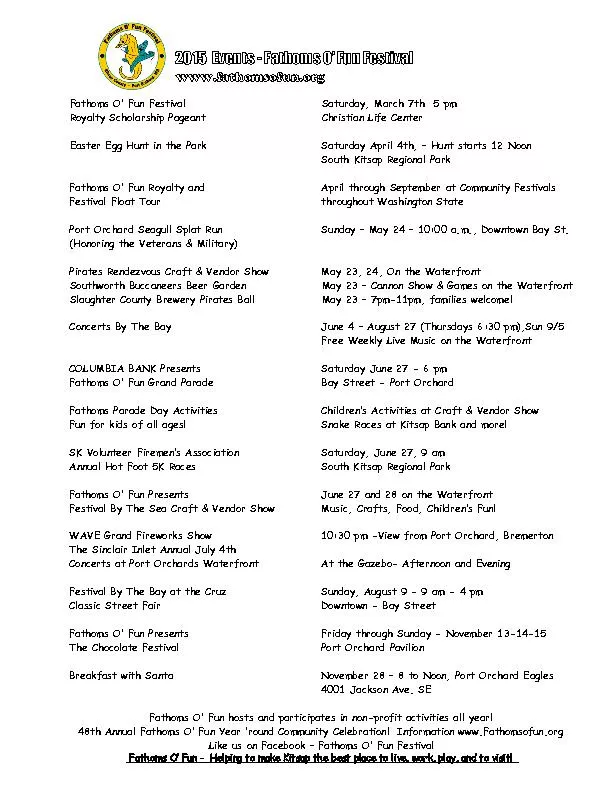
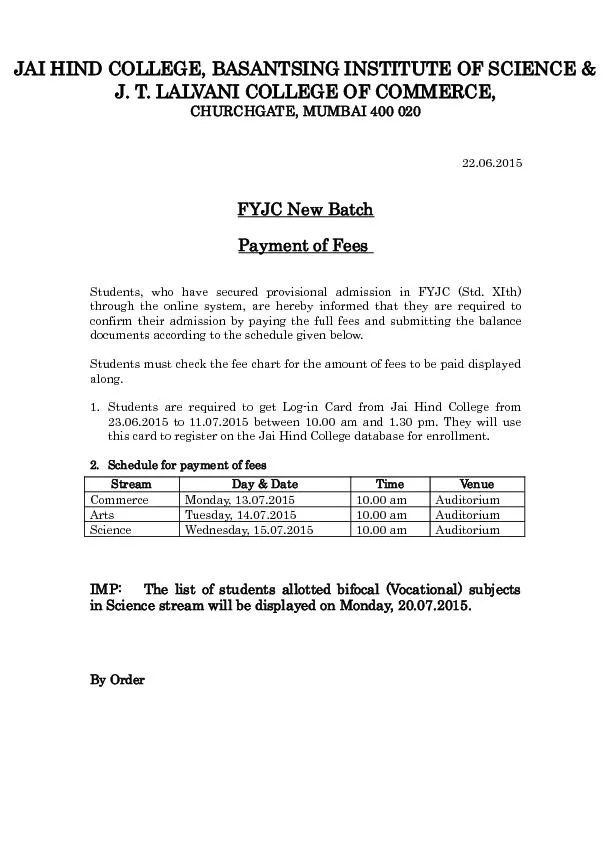
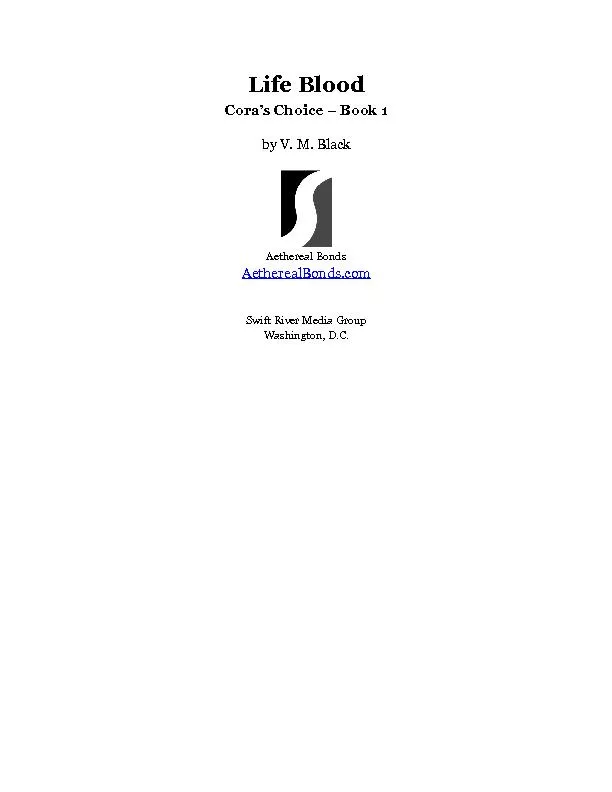
![1.1 245789ਈ346[484]i9o849[34r6g8[8bb4’z4l’](https://thumbs.docslides.com/371922/1-1-245789-x0a08-346-4-x0a0e-84-i9o849-34r6g8-8bb4-x2019.jpg)
